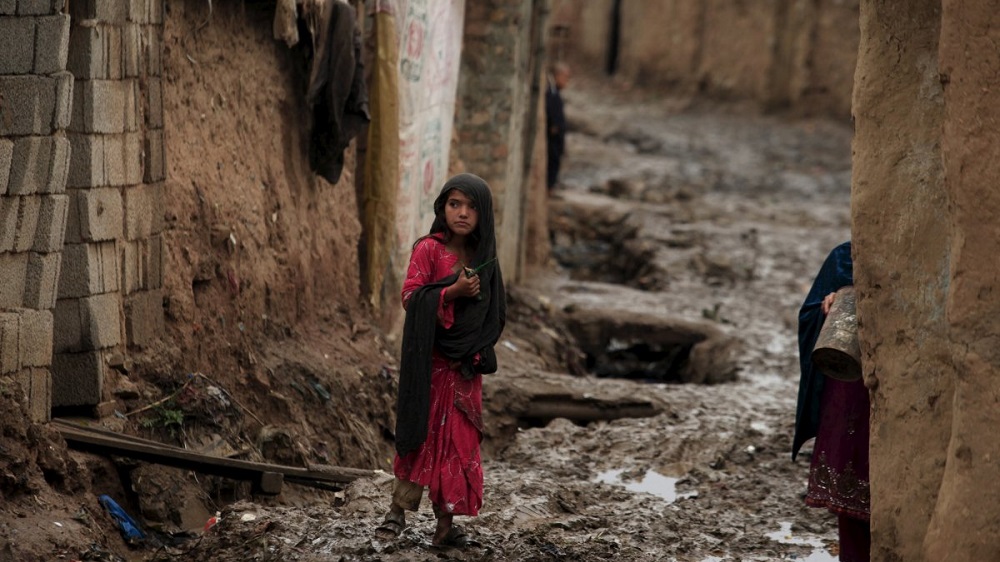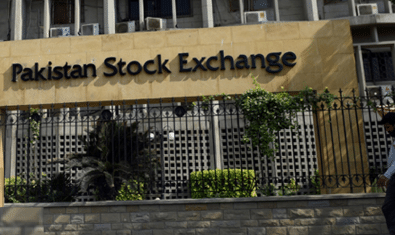While poverty has decreased significantly over the past two decades, one-quarter of the population still lives below the poverty line, and these people are disproportionately located in rural areas, says the World Bank.
The bank in its report, “The Evolution of Benazir Income Support Program’s Delivery Systems, Leveraging Digital Technology for Adaptive Social Protection in Pakistan” stated that the BISP benefit level has been increased to improve its adequacy, but it still accounts for only 10 percent of average household consumption.
The report noted that BISP can strengthen itself by building close links with early warning systems, developing a comprehensive communications strategy, incorporating human-centered design to make systems more easily accessible, integrating grievance redress mechanisms, incorporating tools to ensure the performance of the increasing number of field staff, and deepening collaboration with provinces.
The BISP’s shift to a new payment system is expected to improve beneficiaries’ experience and to support financial inclusion but needs to include a more comprehensive grievance redress mechanism, the Bank recommended.
The report noted that the COVID-19 pandemic worsened the situation for poor and vulnerable households, and the floods in 2022 further pushed millions of people below the poverty line. Human capital accumulation is sluggish in Pakistan, with the country’s low education and health indicators leading to low labor productivity.
Stark inequalities in human capital accumulation between wealth quintiles and gender disparities exacerbate poverty and low human development indicators. Pakistan is also among the countries that are most vulnerable to climate change-related disasters which pose a continuous threat to lives and livelihoods. Pakistan, the world’s fifth-most populous country, is a lower-middle-income state with a per capita GDP of $1,505.
The bank stated that BISP has had significant positive impacts on consumption expenditure, food consumption, child nutrition security, asset retention, the mobility of women, investments in health and education, and savings.
To date, BISP has provided USD 1 billion in regular and reliable support. Between 2011 and 2019, the percentage of BISP beneficiaries below the poverty line fell from 90 percent to 72 percent; however, its impact on poverty diminished by 2019, primarily because of the eroding value of the benefit level.
Investments in building systems over the years were realized when the government was able to rapidly expand BISP, both vertically and horizontally, to respond to the COVID-19 pandemic and the floods in 2022. It is essential to continue investing in such programs to reduce poverty and inequality in the country.
Despite making progress in outreach and communication, BISP has faced capacity challenges that have hindered the development of an effective communication strategy. Effective communication is critical for social protection systems and could be used at every stage of delivery. Several draft strategies produced by BISP have recognized communication as the institution’s weakest link.





















